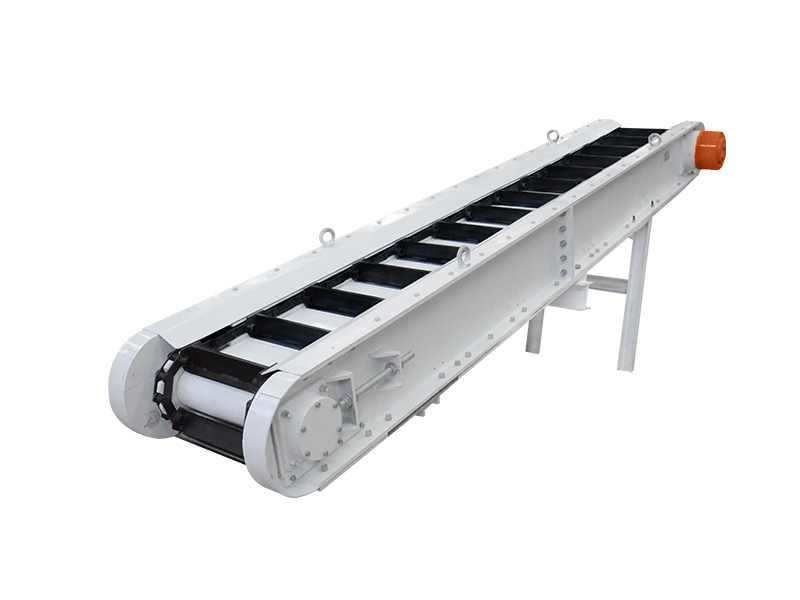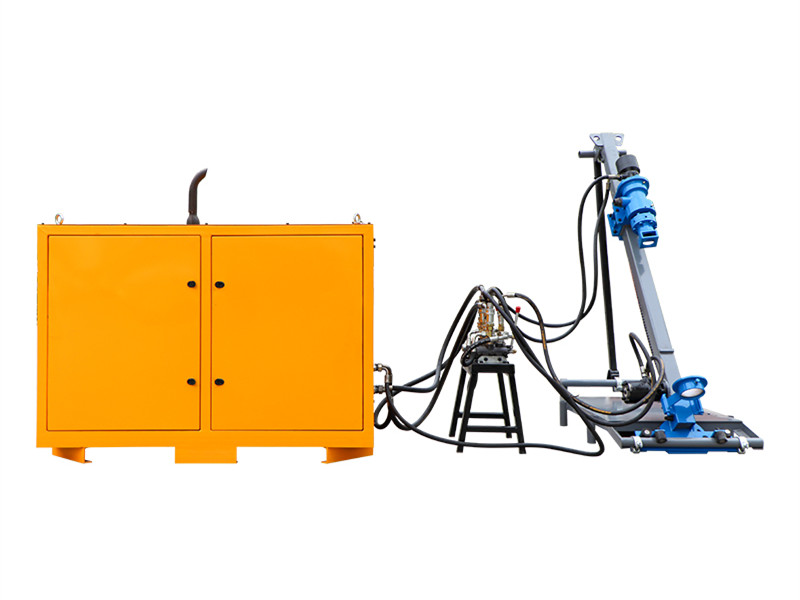Introduction of peristaltic hose pump for pumping concrete
Peristaltic hose pump for pumping concrete series products are new multi-functional and multi-purpose industrial pumps developed by absorbing foreign advanced technology. The pump has the characteristics of no seal, no leakage, strong self-priming ability, simple structure, and convenient operation and maintenance. . Suitable for conveying various viscosity, density, corrosive and abrasive fluid materials. Can be used in petroleum, chemical, water treatment, mining, gold
Smelting, medicine, papermaking, ceramics and other industries.
Working principle of peristaltic hose pump for pumping concrete
The transmission device drives the rotor to rotate, and the two pressure rollers installed on the rotor are distributed at 180°, continuously rolling along the hose in the pump, and flattening the hose. Under the action of its own elasticity and guide rollers, the tube returns to its original state. At this time, a high vacuum is generated in the tube, sucking fluid into the tube cavity, and the fluid entering the tube cavity is discharged from the tube under the subsequent pressure roller. In this way, the material is continuously sucked and discharged.
Service conditions of peristaltic hose pump for pumping concrete
1. The peristaltic hose pump for pumping concrete is a positive displacement peristaltic pump. The flow rate of the pump has the output speed of the drive device.
Due to the limitation of the structure and material of the pump, the rotation speed should not be too high, and the maximum rotation speed should not exceed 50 rpm.
2. When the process is running continuously, the actual flow should be basically the same as the rated flow of the pump. If a steady speed is required and the flow rate is changed, it is best to use a variable speed pump, and the maximum flow rate should not exceed the pump.
3. When the process is operated in the same gap and there is no quantitative requirement, the rated flow of the pump can be greater than the actual required flow. If there is a quantitative requirement, the rated flow of the pump should match the actual flow. If the actual flow of the pump is greater than the required flow, the bypass pipe can be adjusted.
4. The rated pressure of the pump refers to the working pressure of the pump under each power motor. The actual working pressure of the pump is determined by the pipe resistance loss and lifting height of the system where the pump is located. Therefore, in operation, the actual working pressure of the system should not be greater than the rated working pressure of the pump.
5. The use temperature of ordinary hoses=100℃, and the heat generated by moving parts during operation is examined. It is generally used in the working condition of material temperature=80℃; such as in the case of good ventilation (or cooling) heat dissipation conditions, the material The temperature is allowed to be 100°C. If the material temperature is >100°C, a special heat-resistant hose is required.
6. Because the pump is a peristaltic pump, there is a certain pulsation when conveying materials.
7. The peristaltic hose pump for pumping concrete is allowed to run idle for a period of time.
Peristaltic hose pump for pumping concrete has the following advantages:
1. Small size: the hopper, agitator, hose pump, and power are combined in one base. Smaller size;
2. Soft start design, start the motor smoothly and protect the motor
3. Low wear: the squeeze hose is the only wear part of the pump and can be replaced very quickly
4. Due to the simple structure of the hose type concrete pump, it is very quiet when pumping.
6. The hose pump for pumping concrete can be reversed for easy removal of blockage.
7. The peristaltic pump for pumping concrete is convenient and quick to clean. Because of the online hole cleaning, there is no residual concrete in the system.
Your position:
Home > News > Product News
Peristaltic hose pump for pumping concrete
date: 2021-09-23
High shear colloidal grout mixer
2021-09-26
Inquiry
Please feel free to submit your inquiry information to us. We will contact with you as soon as possible.


.jpg)
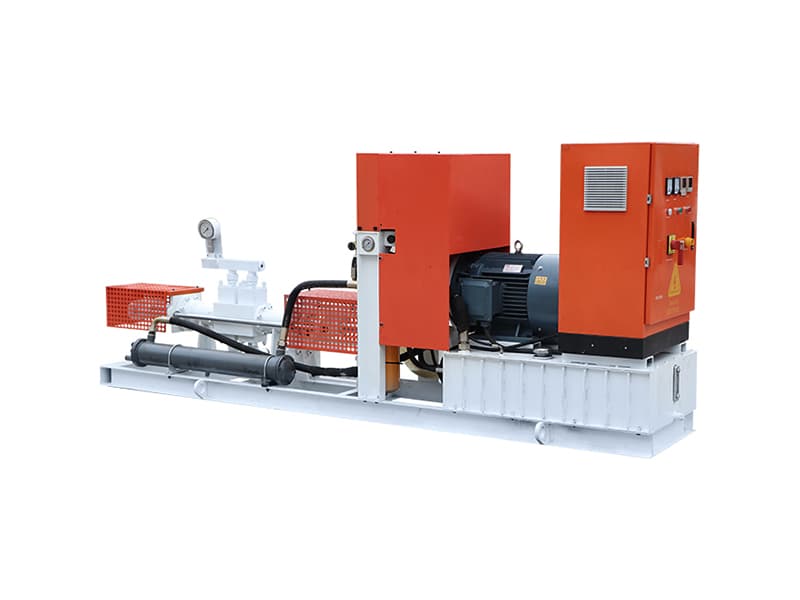
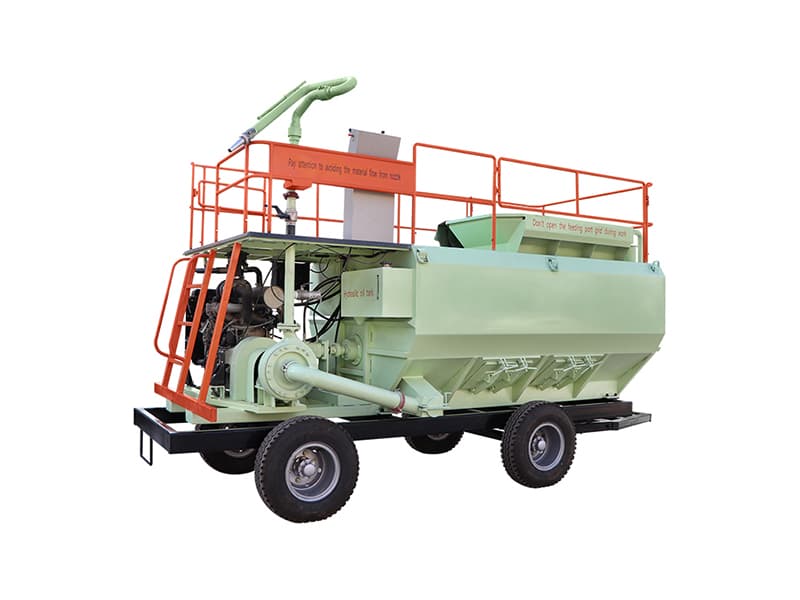
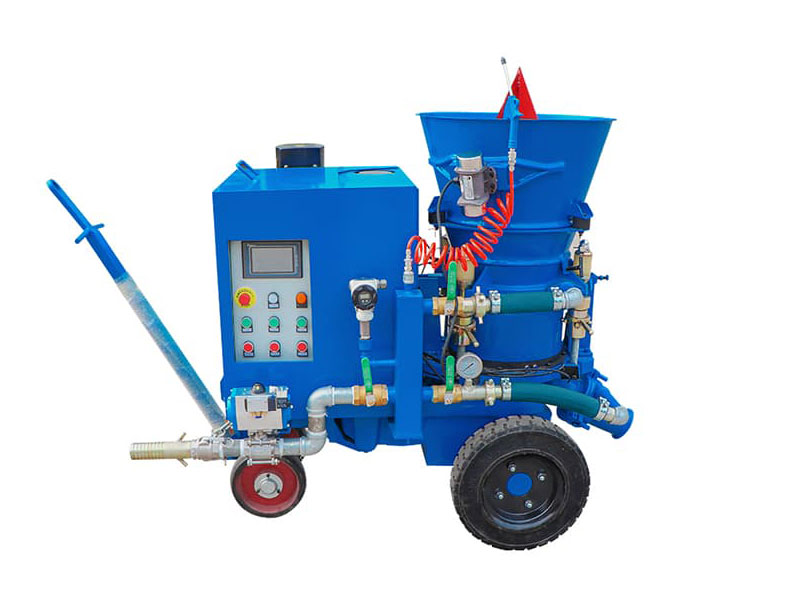

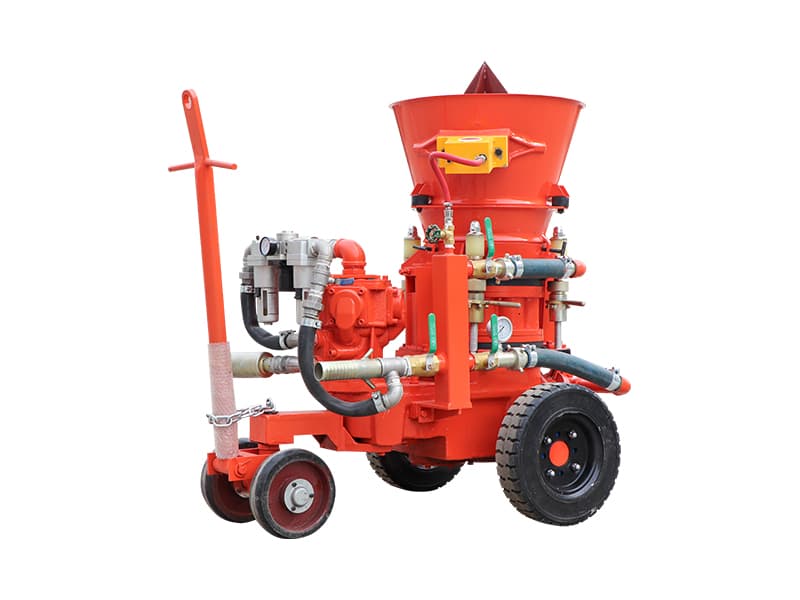
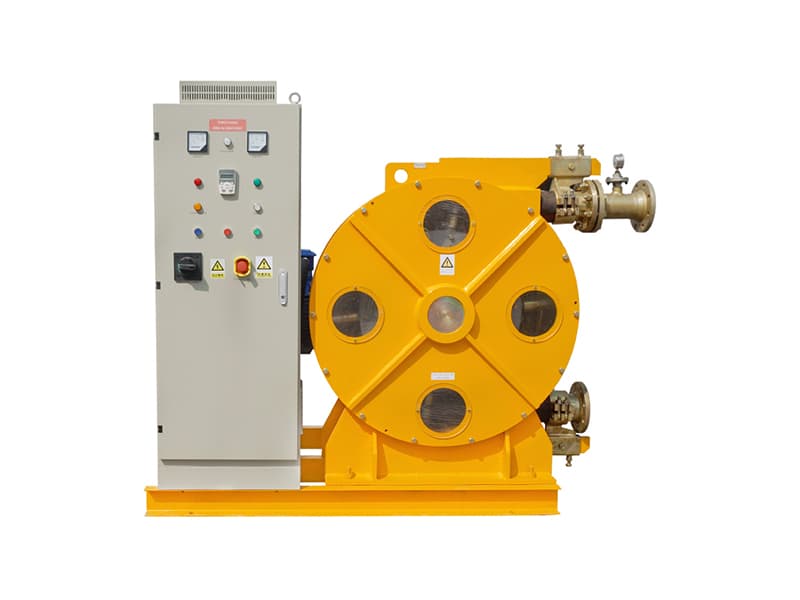
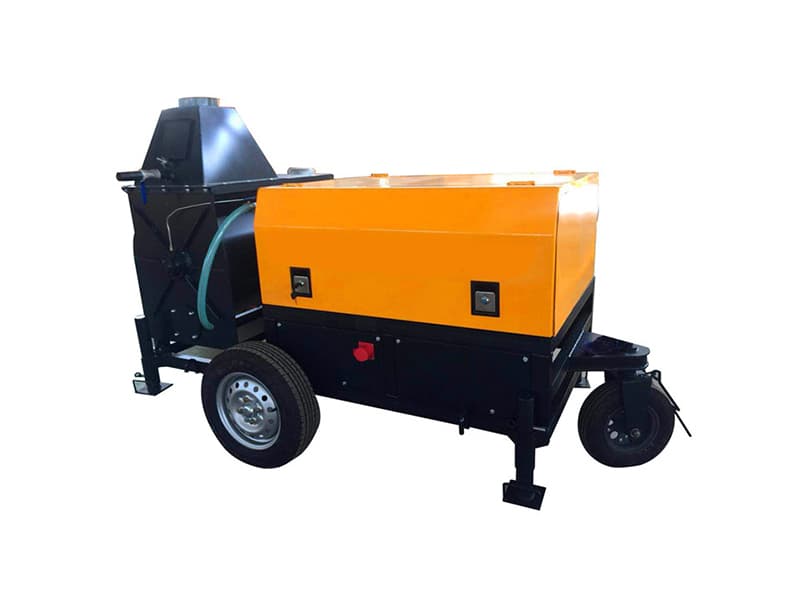
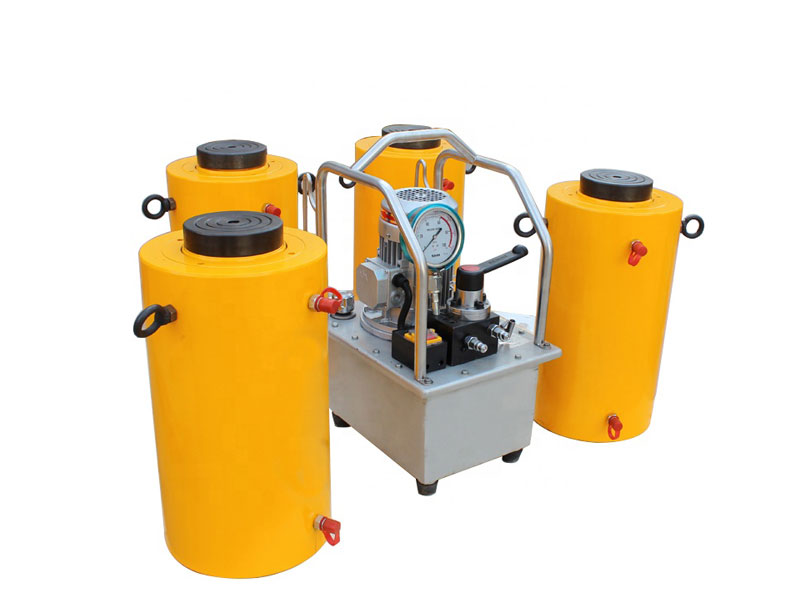
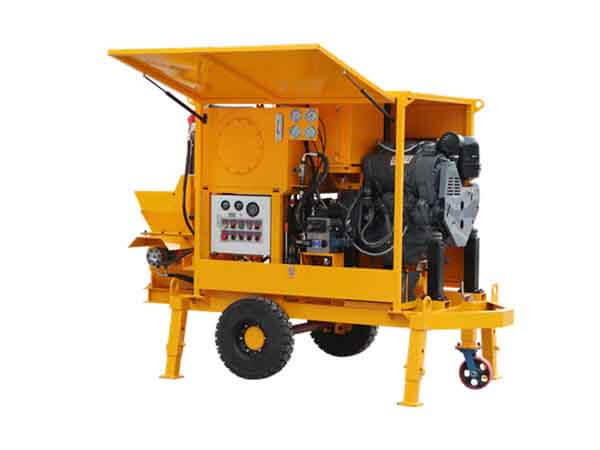
.jpg)

